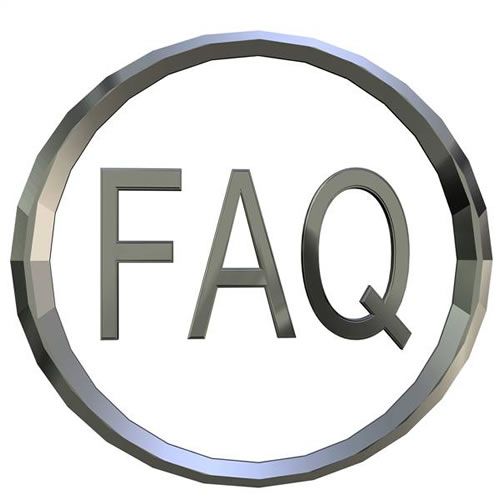References
http://www.heritageantiquemaps.com/Gallery/Cram,%20George/Cram1895Ceylon.jpg
http://www.archaeology.gov.lk/history1.html
UCR. Vol.XXI
Ceylon Antiquary Vol V, 176
The Temporal and Spiritual Conquest of Ceylon by Rev Fernao De Queyroz, 1636, Published by Asian Education
Authority, ISBN:81-206-0764-3: De_Queyroz
Bibliotheca Nacional of Lisbon, Section Archivo de Marinha e Ultramar
A short history of Lanka by W Codrington, chapter VI
Pujavaliya
Rajavaliya, Translated by B Gunasekara, p.69, ISBN:81-206-1029-6
http://www.nationaalarchief.nl/AMH/detail.aspx?page=dpost&lang=en&id=682#tab2
Beeldbank National Archives. the Neatherlands
Mahawamsa by Wilhelm Geiger (Editor), 1908, p.155, ISBN:978-1437328028....Concerning the use of the Mahawamsa, as a resource to some extent is thought of by extermists as been a sinhala racist book. I would counter that, simply because the Mahawamsa was complied in the 4th Century AD by Chola Buddhists monks who had taken over the running of the Mahavihara. So, it is quite the opposite!
Colebrooke-Cameron Reforms, British Archives, London
Diary kept by the onderkoopman Jacques Fabrice van Senden during his tour in Kottiyar, Tamblegam and Katukolompattu in the year 1786), f. 30.
There are two other copies in the National Archives in The Hague: NA (NL), HR 537 and NA (NL), Collectie Van Braam 199. I used the literal transcription of the names of these headmen. The same goes for the place names in the text. The title vanniy¯ar refers to the time when the area fell under the Kingdom of Kandy. The king of Kandy appointed the vanniy¯ars as provincial headmen at the outskirts his Kingdom, therefore they enjoyed relatively great autonomous power.
Description of the Great and Most Famous Isle of Ceylon by Philip Baldaeus,1672
1965 Author of Letters on Ceylon, 1846-50: The Administration of Viscount Torrington and the `Rebellion’ of 1848:
The Private Correspondence of the Third Earl Grey Secretary of State for the Colonies (1846-52), and Viscount Torrington, K V G de Silva: The_Colonization_of_the_East.
An Historical Relation of Ceylon, Robert Knox 1681.
ANCIENT JAFFNA. By Mudaliyar C Rasanayagam
First Edition 1926, Page 382
1966 “Tennent and Indian Immigration to Ceylon, 1846-7,” CJHSS, Vol. 9.Indian Labour Immigration and British
Labour Policy in Nineteenth-Century Ceylon
ROLAND WENZLHUEMER
Centre for British Studies, Humboldt-Universitaet zu Berlin
Heidemann, Kanganies in Sri Lanka and Malaysia, p11.
Mahabharata
Urathota(Kayts), inscription.
Medavela Inscription
Dharmapala's Donation Treaty
Letters from the States-General of United Provinces
N. Kuruppu, “A history ofthe working-class movement in Ceylon. 1. Labour and the rise of capitalism”, p. 134.
CeylonHistorical Journal, vol. 1, no. 2 (1951), 134
C. R. De Silva,Ceylon under the British Occupation, 1795–1833 (Colombo: Colombo Apothecaries,1953), p. 405.
Ceylon Administration Record 1867
Ceylon Administration Record 1870
Ceylon Administration Record 1873
Ceylon Administration Record 1898-F17
Sri Lanka Through French Eyes by Lorna Dewaraja, 1990
Return of the Populations of the Island of Ceylon 1824(Census)
CO(British Colonial Office):
CO54/251
CO54/252
C01041/8-Donomough Constitutional Reforms(This British Goverment report, states on the Ceylon Tamil, as follows....Link....p92.) Please notice, that its clearly stated that the Tamil that went from South India after been unable to find work in Malaya and such places, are now moving into Sinhala areas of Ceylon for work.
Extras
The myth of a traditional Tamil Homeland unmasked; when did the tradition begin?
Please Refresh..Keep updated!
|
|||||||
| |
| Northen Province | Eastern Province | Tamil Extremism |
|---|

